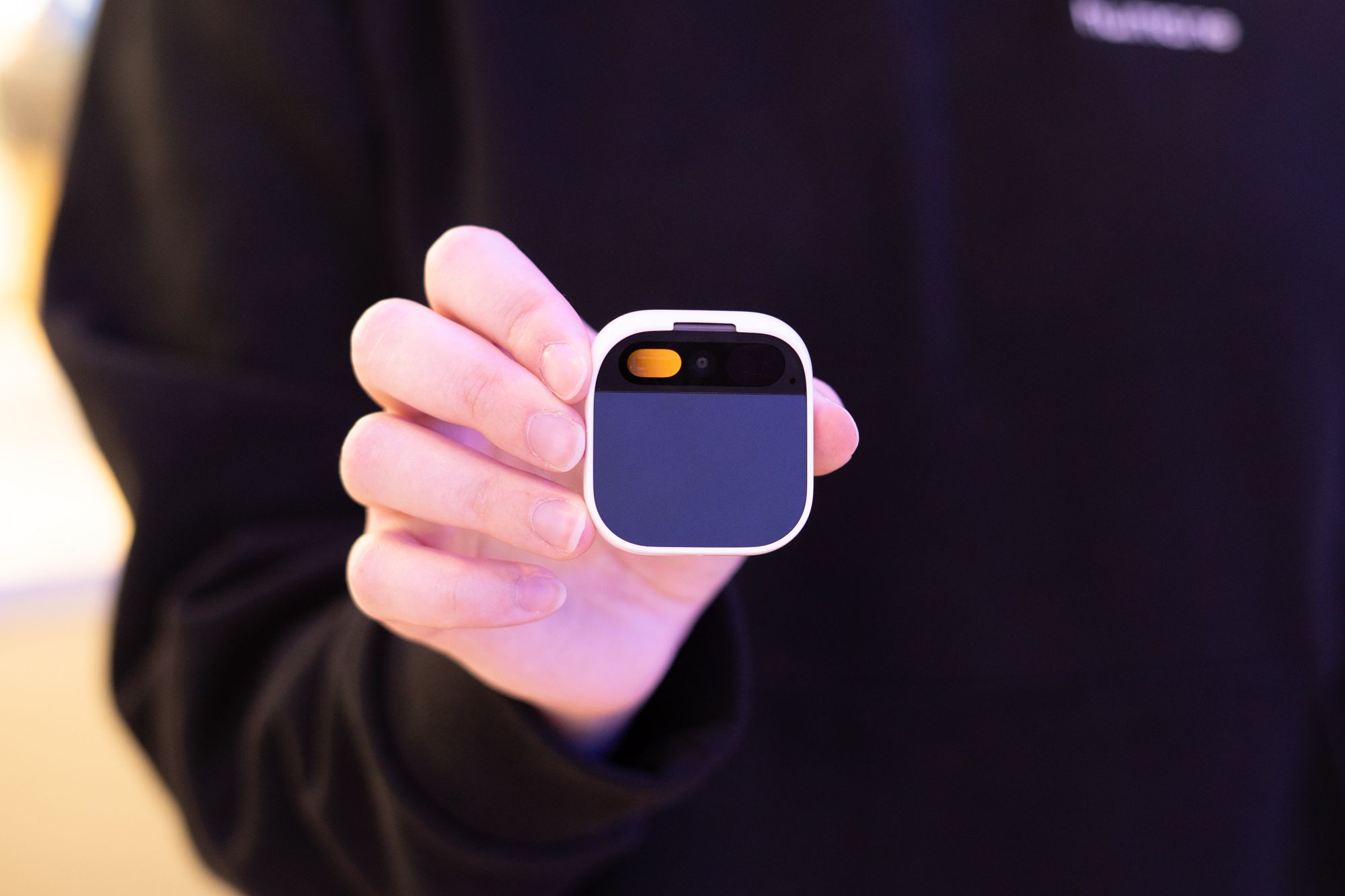The failure of the Ai Pin device serves as a poignant case study in the realm of technology and innovation, highlighting the multifaceted factors that contribute to product shortcomings. Initially launched with significant hype, the Ai Pin was intended to revolutionize personal assistance through advanced artificial intelligence capabilities. However, despite its promising premise, several critical issues ultimately led to its downfall.
One primary factor contributing to the failure of the Ai Pin was its overestimation of user readiness for such technology. The device aimed to integrate seamlessly into daily life, but it failed to account for varying levels of technological literacy among potential users. Many consumers found the interface confusing and unintuitive, leading to frustration rather than enhancement in their daily routines. This disconnect between user expectations and actual experience significantly undermined consumer trust and satisfaction.
?What is "AI Pin"
"AI Pin" is a device developed to be innovative in the field of artificial intelligence, and aims to provide an advanced technological experience by integrating artificial intelligence technologies into a small device. This device is equipped with advanced features that include improvements in user interaction, as it performs unique technological experiences through artificial intelligence.
New investments and the failure of the device Despite the great hype that accompanied the "AI Pin" group, including investing more than $ 200 million, which made the device achieve outstanding success. The reason for the failure of "AI Pin" is due to several main factors: Immature technology:
Immature Technology:
The technology used in AI Pin may not have been mature enough to meet user expectations. Relying on new AI technologies can be risky if these technologies are not ready to work effectively in a real-world market environment.
High Expectations:
With the huge investments, there were very high expectations about the performance of AI Pin. When the device failed to meet these expectations, the negative reaction from the market and users was severe.
Design and User Experience Issues:
The final design of AI Pin may be far from the needs and preferences of users. Poor user experience, such as performance or ease-of-use issues, could lead to poor market acceptance.
Strong Market Competition:
In the field of smart technology, the market is highly competitive. Similar devices offering similar or superior features may have negatively impacted the chances of success of AI Pin.
Marketing and Management Issues:
There may also be issues with the marketing strategy or executive management that affected the launch of the device. An ineffective strategy or poor execution could contribute to failure.
The AI Pin experience demonstrates the importance of careful research and development, ensuring that the technology is ready and able to meet the needs of the market. It also highlights the importance of balancing expectations with reality, and emphasizes the importance of listening to user feedback and meeting their needs effectively. In conclusion, despite the notable failure of the AI Pin device, this experience provides important lessons for companies and developers in the field of technology. Taking advantage of these lessons can contribute to improving innovation and development processes in the future, which helps avoid similar mistakes and increases the chances of success in future technology projects.
Read more
Boxer Lin Yu-ting WIN goldamid gender dispute Celine Dion mocks Trump for using her Titanic song at his rally, Titanic song was unauthorizedSarah H
Also on site :
- NVIDIA GeForce RTX 5060 Ti 16 GB GPU Benchmarks & Specs Leak: Up To 14% Faster Than 4060 Ti
- Trump's China tariffs derail push for TikTok deal
- Bitcoin to hit $250,000 this year and Magnificent 7 to adopt stablecoins, Cardano founder predicts

